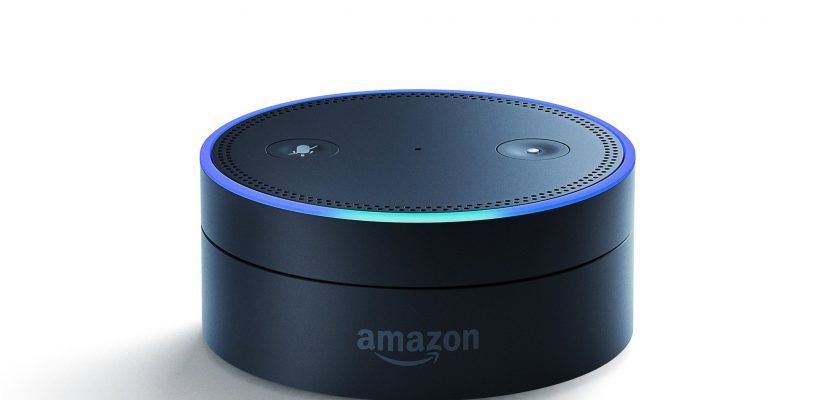I’ve been thinking about the issue of automation and robots and their impact on the geospatial profession. I think it’s good news. So, let’s get started on dispelling the idea that “the ‘bots are coming for my job!”
Here are two reasons why that’s not going to happen.
1) Everything I’m reading and observing argues that the role of robotic technology is to assist us in our jobs, not replace us.
2) Underlying the above is the fact that, in robotics, “what’s hard is simple and what’s simple is hard.” In The Second Machine Age: Work, Progress, and Prosperity in a Time of Brilliant Technologies, the authors point out that for robots, difficult tasks, like say solving complex mathematical equations, are pretty easy. On the other hand, what we humans find easy, robots find hard.
For example, think about the myriad tasks that you perform to survey a parcel of land: researching internal and external data sources, driving to the job site, using a magnetic locator to find pins, then a shovel to dig them up, setting up and operating a GNSS or a total station, collecting and drafting the points—the list goes on. Sure, some of these tasks can and will be automated (generally the repetitive/routine items that you find boring), but the surveyor remains, and will remain, central to the process. xyHt editor Gavin Schrock makes this point in the his editorial, “The Buttons Serve to Inspire.”
Another big issue with robotics is related to implementation and operation. Not all of us are code and/or tech savvy. Who needs more complexity, right? More good news: it’s getting easier. This brings us to the Alexa reference in the headline. Amazon, Apple, and Google are smoothing the path to implementing and operating smart technology with their AI-enabled digital assistants. Want to turn a light on or off or adjust the room temperature? Check out the weather or play your favorite song? Just tell your digital assistant what you want in plain English, and it will operate the smart technology in your home, like a smart switch or Nest thermostat. Here’s a complete list of Alexa commands.
Flash forward to 2049, actually the science fiction movie, Blade Runner: 2049. In one scene from the movie, the main character, “K,” a blade runner (a police officer looking for escaped androids) is investigating a crime scene. He tells his digital assistant, in this case a drone, to survey the area (including subsurface presumably via SAR) through a combination of voice commands and gestures. Crazy, right? Maybe not: consumer drones that respond to hand gestures are already mainstream. Can commercial-grade UAS equipped with voice command and gesture controls be far behind? Of course that would require some programming, which brings us to still more good news. As just one example, companies like Storyline are making Alexa programming easy with its visual drag-n-drop interface; no coding required.
So maybe we won’t have to wait until 2049 to say, “Alexa, survey this parcel.”
 This article appeared in xyHt‘s e-newsletter, Pangaea. We email it twice a month, and it covers a variety of unusual geospatial topics in a conversational tone. You’re welcome to subscribe to the e-newsletter here. (You’ll also receive the once-monthly Field Notes newsletter with your subscription.)
This article appeared in xyHt‘s e-newsletter, Pangaea. We email it twice a month, and it covers a variety of unusual geospatial topics in a conversational tone. You’re welcome to subscribe to the e-newsletter here. (You’ll also receive the once-monthly Field Notes newsletter with your subscription.)

